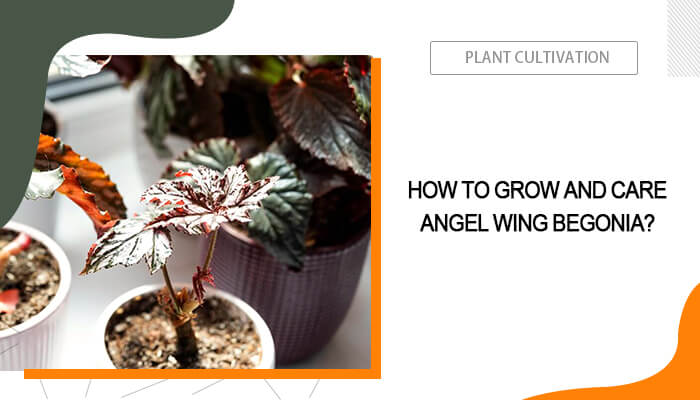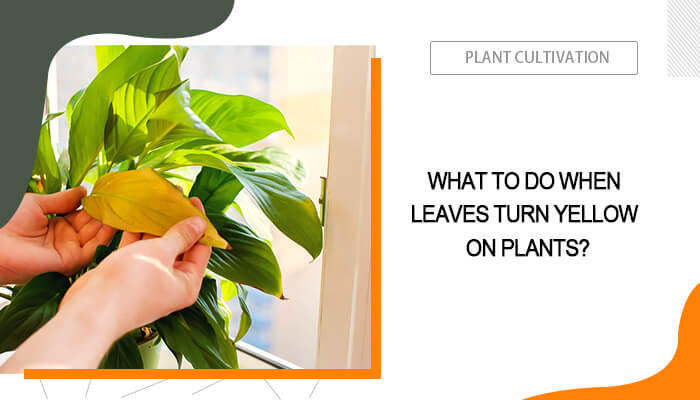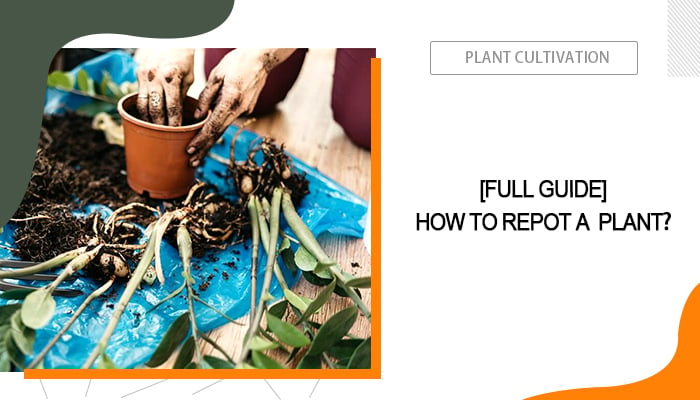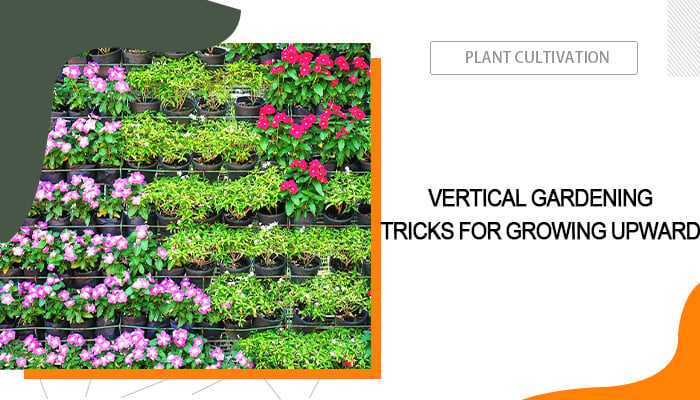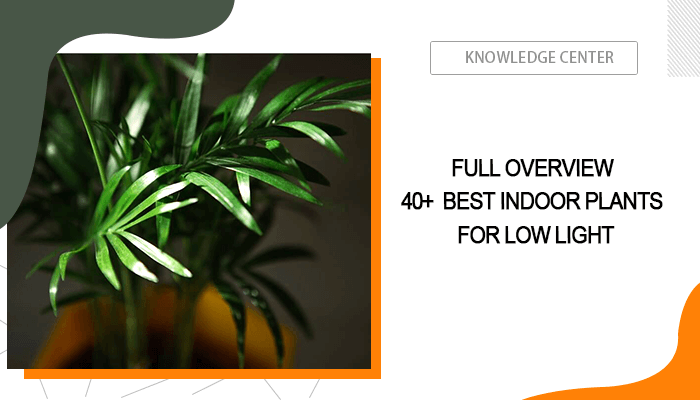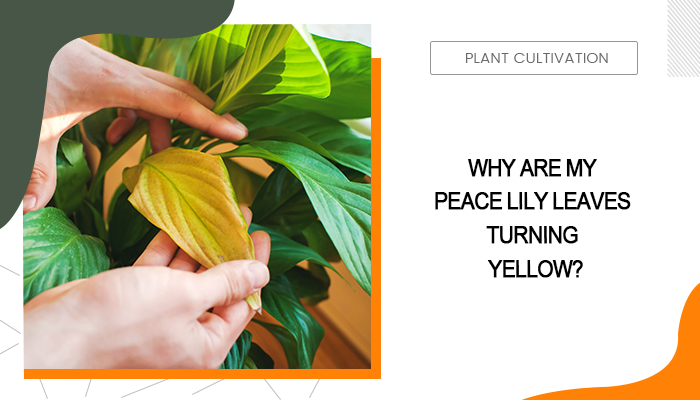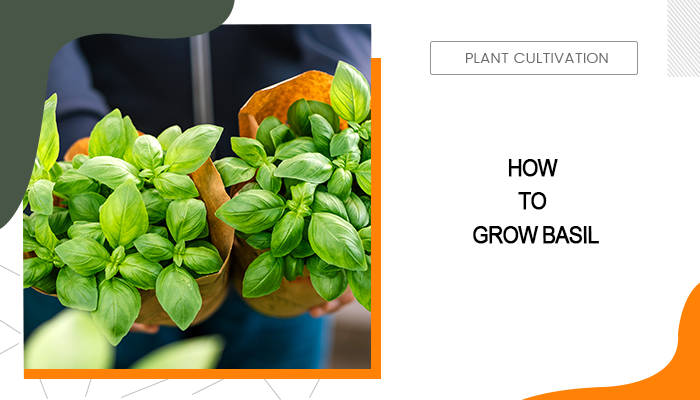Angel Wing Begonia, scientifically known as Begonia coccinea, is a stunning tropical plant native to the rainforests of Brazil. It is cherished for its unique, asymmetrical leaves that resemble folded angel wings and its vibrant blooms.
The most striking feature of Angel Wing Begonia is its foliage. The leaves are dark green with red or purple undersides and marked with silver, cream, or white “polka dots”. These leaves can reach up to 6 inches long and have a glossy, textured appearance that adds visual interest to any space. In addition to their beautiful leaves, Angel Wing Begonias produce clusters of delicate, tubular flowers. The colors of angel wing begonia flowers involve white, pink, and red. When cared for properly, they can bloom several times during the summer and fall months, providing a lovely display of color.
Although Angel Wing Begonias are not particularly hard to care for, they do have specific requirements that need to be met for optimal growth. By understanding these unique needs of Angel Wing Begonias and providing them with the proper care, gardeners can enjoy the beauty and elegance these plants bring to any indoor or outdoor space.
Table of Contents
Angel Wing Begonia Varieties
Angel Wing Begonias are a captivating choice, known for their stunning foliage and vibrant blooms. With their unique wing-shaped leaves and striking patterns, these plants not only add beauty to any space but also come in a variety of types to suit different tastes and care preferences.
From the eye-catching Polka Dot Begonia with its distinctive spots to the compact and colorful 'Corallina de Lucerna,' each variety offers something special. In this part, we’ll explore the most popular Angel Wing Begonia varieties and highlight their unique characteristics.
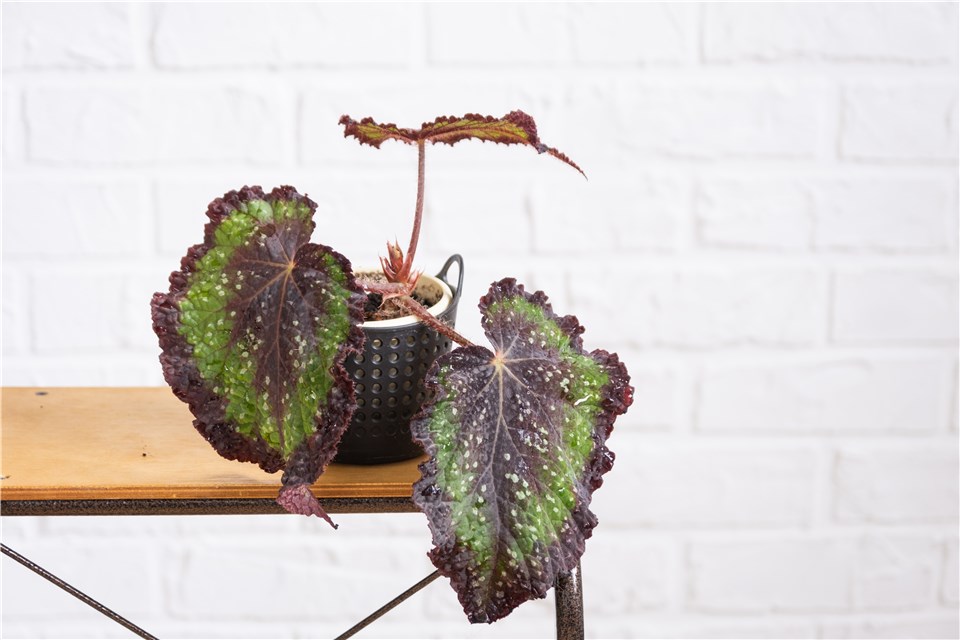
Angel Wing Begonia Varieties
- Begonia maculata (Polka Dot Begonia): Features large, angel-wing-shaped leaves with distinctive white polka dots on a green background, and red undersides.
- Begonia 'Corallina de Lucerna': A compact variety with glossy, dark green leaves and bright pink flowers. It has a bushy growth habit and is ideal for smaller spaces.
- Begonia 'Raspberry Swirl': Known for its vibrant, variegated leaves with shades of green, cream, and pink. This variety also produces beautiful pink flowers.
- Begonia 'Angel Wing': This variety has large, elongated leaves with a striking silver pattern and can produce clusters of pink or white flowers.
- Begonia 'Gryphon': Features large, textured leaves that are dark green with silver markings. It has a more upright growth habit and produces small, pink flowers.
- Begonia 'Brazilliance': A hybrid variety with vibrant red flowers and attractive foliage that can tolerate more light than other begonias.
Angel Wing Begonia Propagation
Propagating Angel Wing Begonias is an exciting and rewarding way to decorate your vertical garden. Whether you want to create new plants from cuttings or divide existing ones, understanding the right techniques can lead to successful Angel Wing Begonia propagation. Here, we’ll explore how to propagate Angel Wing Begonia. Get ready to enhance your collection and enjoy the beauty of these captivating plants!
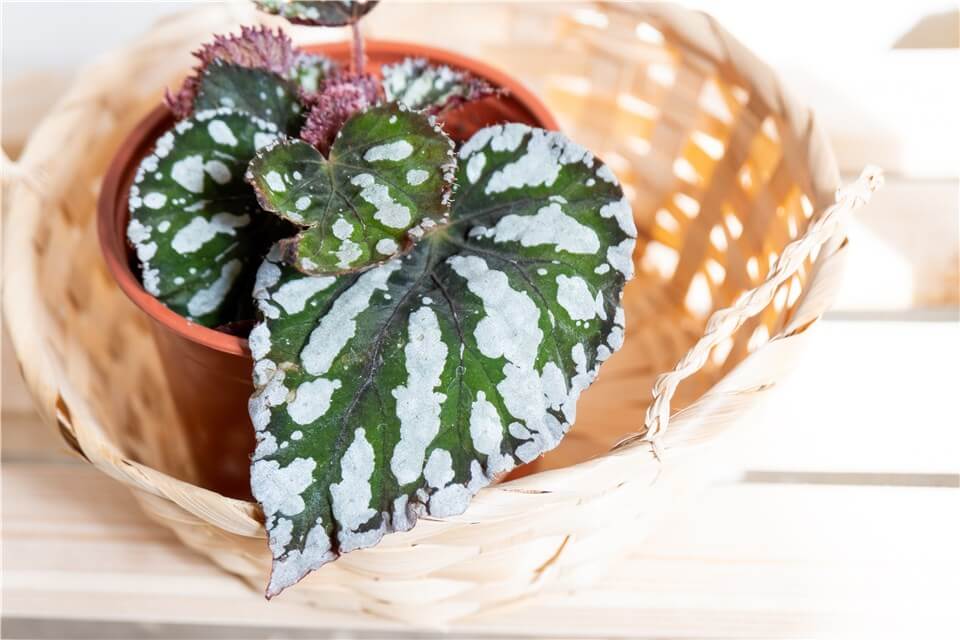
Angel Wing Begonia Propagation
- Choose a healthy Angel Wing Begonia with robust leaves and stems for cutting.
- Use clean, sharp scissors or pruning shears to cut a 4-6 inch stem from the parent plant, ensuring it has at least two or three leaves. Remove the lower leaves from the cutting, leaving one or two at the top. This will help to prevent root rot when placed in soil or water.
- If you seek to propagate Angel Wing Begonia in water, place the cutting in a glass of water, ensuring the leaf nodes are submerged and changing the water every few days. For soil propagation, dip the cut end in rooting hormone (optional) and plant it in a small pot filled with well-draining potting mix. Water lightly.
- Then create a proper growing condition for your plants. Place the cuttings in a warm, humid environment with indirect sunlight. A plastic bag or humidity dome can help maintain moisture.
- Regularly monitor the root's condition. If propagating in water, roots should develop in a couple of weeks. For soil propagation, gently tug on the cutting after a few weeks to check for resistance, indicating root growth.
- Water regularly, ensuring the soil remains moist but not soggy, and provide bright indirect light as the new plants grow.
Angel Wing Begonia Care
No matter whether you are trying to maintain Angel Wing Begonias indoors or outdoors, there are several important factors to consider that will greatly influence their health and growth. While Angel Wing Begonias have specific light, humidity, and temperature requirements, they are considered relatively easy to care for compared to other begonia varieties. With the right growing conditions and attentive watering and fertilizing, they can thrive and provide years of enjoyment. In this part, we’ll talk about how to care for Angel Wing Begonias indoor and outdoor.
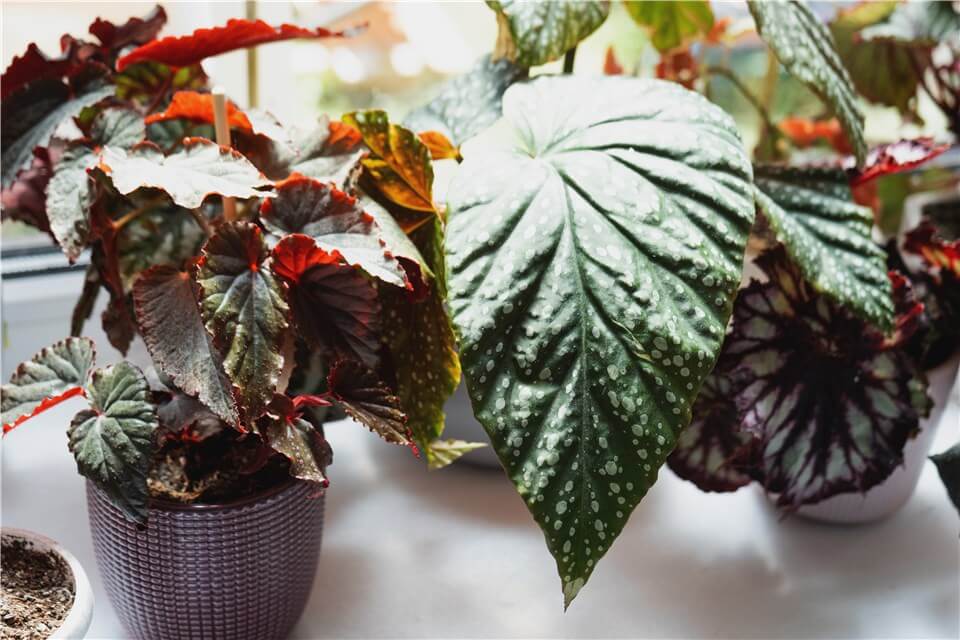
Angel Wing Begonia Care
Angel Wing Begonia Indoor Care
When it comes to indoor care for Angel Wing Begonias, you should focus on providing the right environment to keep these stunning plants healthy. You should pay attention to factors such as light requirements, watering frequency, soil preferences, humidity levels, fertilizers, as well as pests and diseases. With attentive indoor care, your Angel Wing Begonias will thrive, showcasing their beautiful foliage and vibrant blooms year-round.
Light Requirements
Angel Wing Begonias prefer bright, indirect light. This means they should be placed where they receive filtered sunlight rather than direct sun. Therefore, Place your Angel Wing Begonia near a window that receives filtered sunlight, such as east or west-facing windows. Or you can place it under LED grow lights.
Watering Frequency
Angel Wing Begonias require careful watering to thrive, preferring consistently moist but not soggy soil. It is essential to water them thoroughly until water drains from the bottom of the pot, ensuring that the entire root system receives moisture. Generally, you should wait until the top inch of soil feels dry before watering again, which may mean watering more frequently during the active growing season in spring and summer and less often in the fall and winter when the plant is dormant.
Soil Preferences
Angel Wing Begonias thrive in well-draining soil that retains moisture without becoming waterlogged. An ideal mix typically consists of equal parts high-quality potting soil, perlite or coarse sand, and peat moss or coconut coir. This combination ensures adequate drainage while providing the necessary moisture retention and nutrients for the plant's roots. Additionally, Angel Wing Begonias prefer slightly acidic soil with a pH range of 5.5 to 6.5, which facilitates optimal nutrient absorption. Using a pot made of terracotta or clay can further help manage moisture levels by wicking away excess water, preventing root rot and promoting healthy growth.
Humidity Levels
Angel Wing Begonias thrive in humidity levels ranging from 25% to 50%, which is crucial for maintaining their health and preventing issues like crispy leaf edges that indicate low moisture in the air. These tropical plants benefit from increased humidity, so using methods such as humidifiers, pebble trays, or misting can help create a more suitable environment, especially in drier indoor conditions.
Fertilizers
Angel Wing Begonias are heavy feeders that benefit from regular fertilization, especially during the active growing season in spring and summer. Use a balanced, water-soluble fertilizer with an equal N-P-K ratio (such as 10-10-10 or 20-20-20) diluted to half strength, applying every 2-4 weeks. Reduce frequency to once a month in fall and winter or stop altogether if growth slows. Always apply fertilizer to moist soil to prevent root burn, and flush the soil occasionally with plain water to prevent salt buildup. Monitor for signs of over-fertilization like leaf burn or excessive growth, and adjust the fertilizer concentration or application schedule accordingly to maintain the plant's vibrant health and abundant blooming.
Pests and Diseases
Angel Wing Begonias are susceptible to various pests and diseases that can impact their health and appearance. Common pests include mealybugs, aphids, and spider mites, which feed on the plant's sap, causing yellowing leaves and stunted growth. To manage these pests, regular inspection and the use of insecticidal soap or horticultural oils are recommended. Fungal diseases such as powdery mildew and root rot are also prevalent; powdery mildew appears as a white, powdery coating on leaves and can be prevented by ensuring good air circulation and avoiding overhead watering. Root rot, caused by overwatering and poor drainage, manifests as wilting and mushy stems, requiring immediate action to repot the plant in fresh, well-draining soil. Additionally, viral diseases like cucumber mosaic virus can affect Angel Wing Begonias, often transmitted by aphids, highlighting the importance of effective pest control to maintain plant health.
Angel Wing Begonia Outdoor Care
Angel Wing Begonias can thrive outdoors in warm climates, but they require specific care to ensure their success. When grown outside, they should be planted in a partially shaded area that receives dappled sunlight, as direct sun can scorch their delicate leaves. The soil should be well-draining and rich in organic matter to mimic their natural rainforest habitat. Regular watering is essential, keeping the soil consistently moist but not waterlogged, as overwatering can lead to root rot. Fertilize every two weeks during the growing season with a balanced, water-soluble fertilizer diluted to half strength. Monitor for pests like mealybugs and aphids, and treat promptly with insecticidal soap or neem oil. When nighttime temperatures drop below 55°F, it's crucial to bring the indoor plants to protect them from cold damage. With the right outdoor conditions and attentive care, Angel Wing Begonias can flourish and showcase their stunning foliage and flowers in a garden setting.
Conclusion
In conclusion, growing and caring for Angel Wing Begonias can be a rewarding experience for both novice and experienced gardeners. By providing the right light conditions, maintaining proper watering routines, and ensuring adequate humidity and soil quality, you can cultivate these stunning plants successfully.


